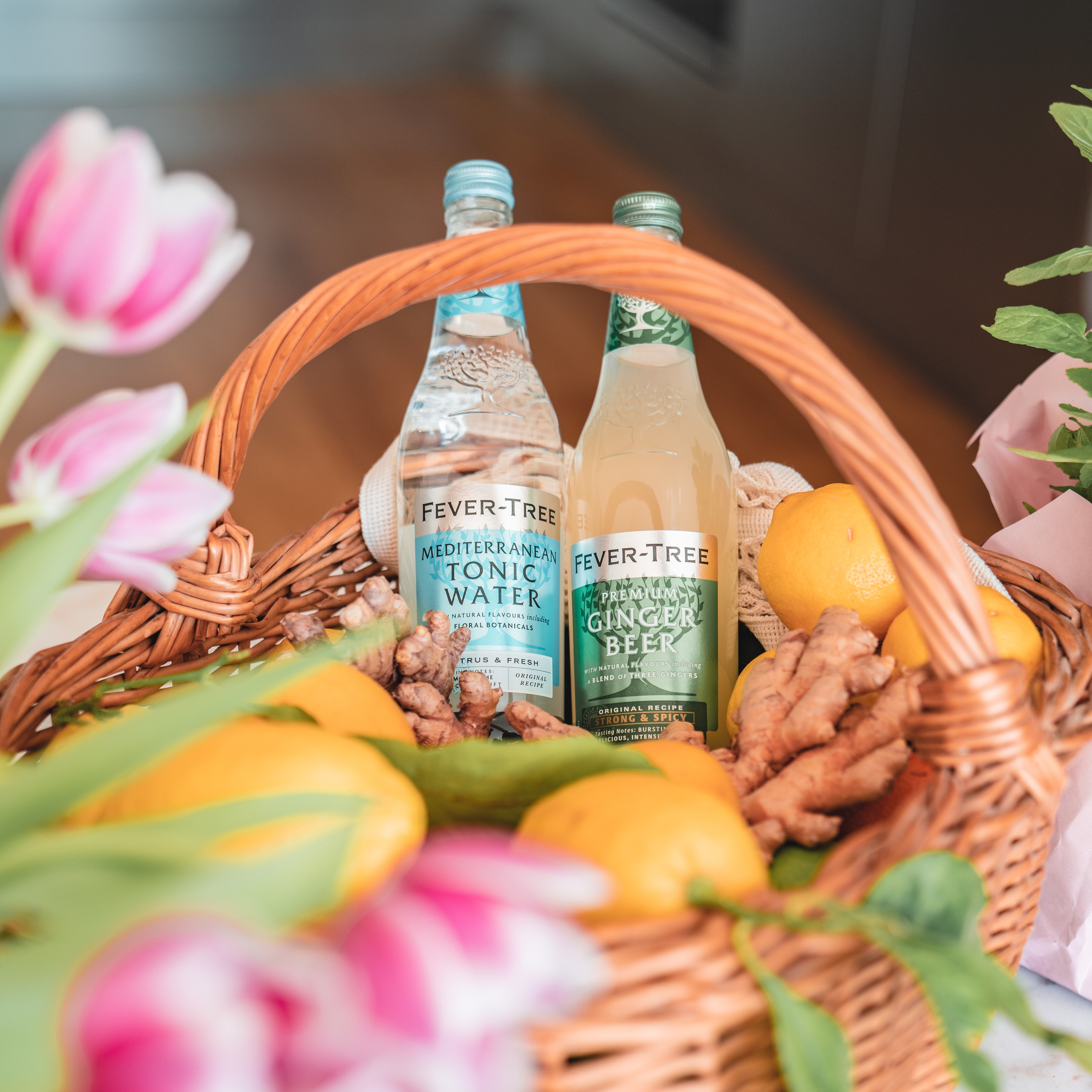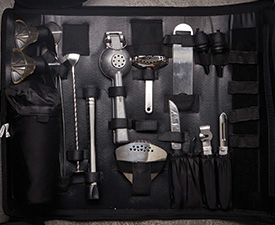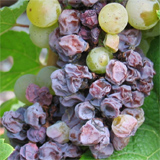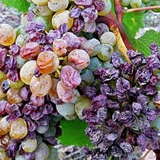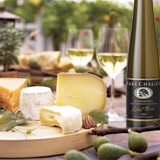Late harvest is a term applied to wines made from grapes left on the vine longer than usual. Late harvest is usually an indication of a sweet wine, sometimes called a 'dessert wine', such as late harvest Riesling. Late harvest grapes are often more similar to raisins, but have been naturally dehydrated while still hanging on the vine.
As a result of the dehydration of water within each berry, the grapes have higher levels of natural sugars, and the resulting wine is much sweeter and richer than other still wines. Riesling is a common and popular late harvest wine grape around the world, other grapes used include: Gewurztraminer, Muscat, Pinot Gris, Sauvignon Blanc to name a few.
Many of the classic examples of late harvested sweet wines come from Europe. For example, the Vendange Tardive (literally 'late harvest') wines from Alsace in France tend to be off-dry to moderately sweet. Later harvested wines from Germany and Austria, of the Spatlese and Auslese designation for example, also tend to be off-dry to moderately sweet.
In Germany, wines are classified according to the ripeness of the grape at the time of harvest. Within the Qualitatswein mit Pradikat classification, there are four levels of late harvest wines, roughly ranging from dry to very sweet: Spatlese ('late harvest'), Auslese ('selected harvest'), Beerenauslese ('selected berries harvest') and Trockenbeerenauslese ('selected dried-berries harvest') with the last two levels being botrytized.
The resulting high sugar content wine tends to be thick, sweet, and very rich; some people find late harvest wine almost cloying because of the sweetness, while others can't get enough.
Be careful when trying to pair late harvest wines with sweet desserts - as the two don't always match each other's intensity - but when matched well with cheeses, light and cold desserts and fresh fruits they are a perfect end to a meal - plus many are at their best when enjoyed on their own.







